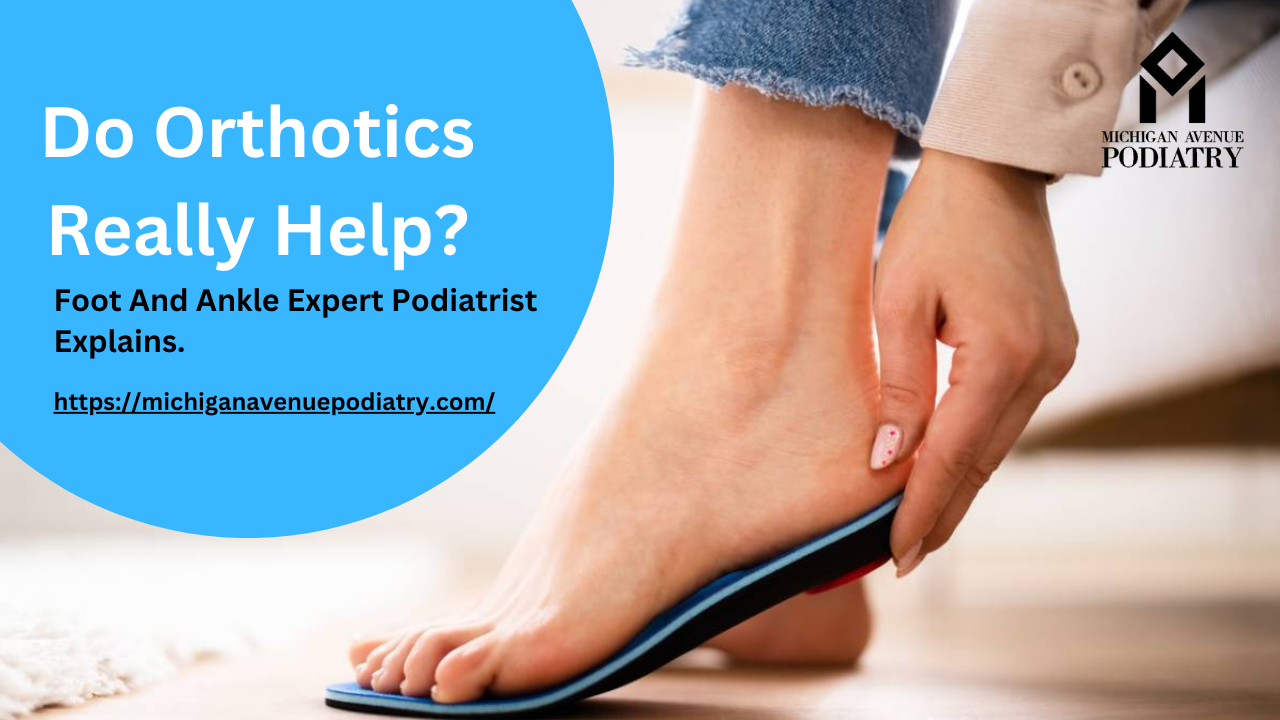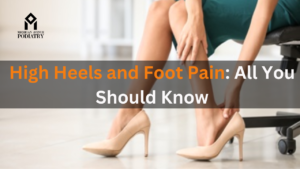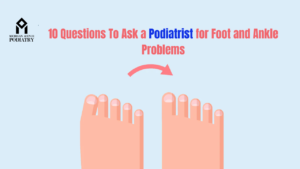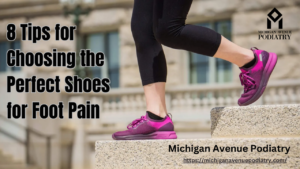Lets face it – We live in a society where any problem we have, you can find unlimited solutions online. If you are having knee pain or back pain (or any sort of pain!) google can come up with 1000’s of solutions that are sure to be the ultimate fix all.
It can often be hard finding info on why a solution is so effective. Today we’re going to clear up why orthotics are needed. To put it simply – there is no tool more effective for delivering relief to your feet than orthotics. Even more unknown, proper orthotics can also help with knee pain and back pain.
This all sounds good, but it can be hard to discern if you need orthotics and even harder knowing which type of orthotic to pick. By the end of this blog we want you fully equipped to search for the right insert.
1. Understanding Orthotics: A Primer
Before we delve into the importance of orthotics, let’s first understand what they are. Orthotics are specialized shoe inserts or insoles designed to provide support, correct irregularities, and alleviate foot pain.
2. Promoting Correct Foot Alignment
Orthotics are instrumental in promoting correct foot alignment. They can help address issues like overpronation or underpronation, providing the necessary support for your arches.
3. Alleviating Plantar Fasciitis
Plantar fasciitis is a common foot condition that causes pain and inflammation in the heel. Orthotics can offer relief by reducing pressure on the affected area and providing additional cushioning.
4. Managing Flat Feet
Flat feet can lead to various foot problems, including arch pain and strain on other foot structures. Orthotics can help support the arch and distribute pressure evenly, reducing discomfort.
5. Combating Bunions
Bunions are bony protrusions that form at the base of the big toe. Orthotics can help prevent worsening of bunions by providing proper support and reducing friction.
6. Addressing Metatarsalgia
Metatarsalgia is characterized by pain and inflammation in the ball of the foot. Orthotics with metatarsal pads can help alleviate this condition by reducing pressure on the affected area.
7. Managing Achilles Tendonitis
Achilles tendonitis is a condition that causes pain and inflammation in the Achilles tendon. Orthotics can provide support and cushioning to reduce strain on the tendon during movement.
8. Supporting High Arches
Individuals with high arches often experience foot pain due to inadequate shock absorption. Orthotics can provide the necessary support and cushioning to alleviate discomfort.
9. Addressing Morton’s Neuroma
Morton’s neuroma is a nerve condition that causes pain in the ball of the foot. Orthotics can reduce pressure on the affected area, offering relief from the symptoms.
10. Preventing Foot Fatigue
Orthotics can help reduce foot fatigue by providing additional support and cushioning, especially during long periods of standing or walking.
11. Enhancing Athletic Performance
For athletes, orthotics can improve foot biomechanics, leading to enhanced performance and reduced risk of injuries.
12. Easing the Impact of Arthritis
Individuals with arthritis can benefit from orthotics, as they provide joint support and cushioning, reducing pain and discomfort.
13. Addressing Diabetes-Related Foot Issues
Diabetic individuals are prone to foot problems. Orthotics can help alleviate pressure points and reduce the risk of complications in diabetic patients.
14. Correcting Gait Abnormalities
Orthotics can help correct gait abnormalities, improving overall walking and running patterns.
15. Providing Post-Surgery Support
After foot surgery, orthotics can aid in the healing process by providing support and reducing strain on the affected area.
16. Supporting Pregnancy-Related Foot Pain
Pregnancy can lead to foot pain and discomfort due to weight gain. Orthotics can provide support and alleviate the strain on the feet during this period.
17. Addressing Children’s Foot Issues
Orthotics are beneficial for children with foot issues, such as flat feet or in-toeing, as they can help improve foot alignment during growth.
18. Relieving Heel Spurs
Heel spurs can cause intense pain in the heel. Orthotics can help reduce pressure on the area, providing relief from the symptoms.
19. Preventing and Alleviating Corns and Calluses
Orthotics can help prevent and alleviate corns and calluses by redistributing pressure on the feet.
20. Supporting Ankle Instabilities
Individuals with weak ankles can benefit from orthotics, as they provide stability and prevent ankle sprains.
21. Addressing Morton’s Toe
Morton’s toe is a condition where the second toe is longer than the big toe, leading to foot strain. Orthotics can help redistribute pressure and reduce discomfort.
22. Supporting Aging Feet
As we age, our feet undergo changes. Orthotics can provide the necessary support and comfort for aging feet.
23. Addressing High-Impact Activities
Orthotics can absorb shock and reduce stress on the feet during high-impact activities like running or jumping.
24. Improving Balance
Orthotics can enhance balance and stability, particularly for individuals with balance issues.
25. Preventing Injuries
Orthotics can help prevent overuse injuries by providing adequate support during repetitive movements. On top of that, orthotics can help relieve pain and pressure in your knees and back. Who knew your whole body would thank you for getting orthotics?
Frequently Asked Questions (FAQs)
Q: How long should I wear orthotics daily?
A: The duration of daily orthotic wear varies depending on your condition and the advice of your podiatrist. Generally, it’s recommended to start with a few hours and gradually increase wear time.
Q: Can I use orthotics in different shoes?
A: Yes, most orthotics are designed to be removable and can be transferred to different shoes, as long as the shoes have enough depth to accommodate them.
Q: Are custom orthotics worth the investment?
A: Custom orthotics are tailored to your specific foot shape and needs, providing optimal support and comfort. If you have a chronic foot issue, custom orthotics can be a valuable investment.
Q: Can orthotics prevent foot conditions?
A: Orthotics can help prevent certain foot conditions by promoting proper foot alignment and reducing pressure on vulnerable areas.
Q: Can I buy orthotics without a prescription?
A: Over-the-counter orthotics are available without a prescription and can provide basic support. However, for more complex foot issues, it’s best to consult a podiatrist for custom orthotics.
Q: How often should I replace my orthotics?
A: On average, orthotics should be replaced every 1-2 years, or when they show signs of wear and tear.
Orthotics are invaluable in the medical field, offering comprehensive solutions to a wide range of foot problems. From alleviating pain throughout your whole posture chain to improving foot biomechanics, orthotics play a vital role in foot health. Whether you’re an athlete, a pregnant individual, or someone experiencing foot discomfort, orthotics can address your specific needs and enhance your overall well-being. Embrace the power of orthotics and take a step towards better foot health today!
Written by: Scott Hildreth
Community Education Specialist




